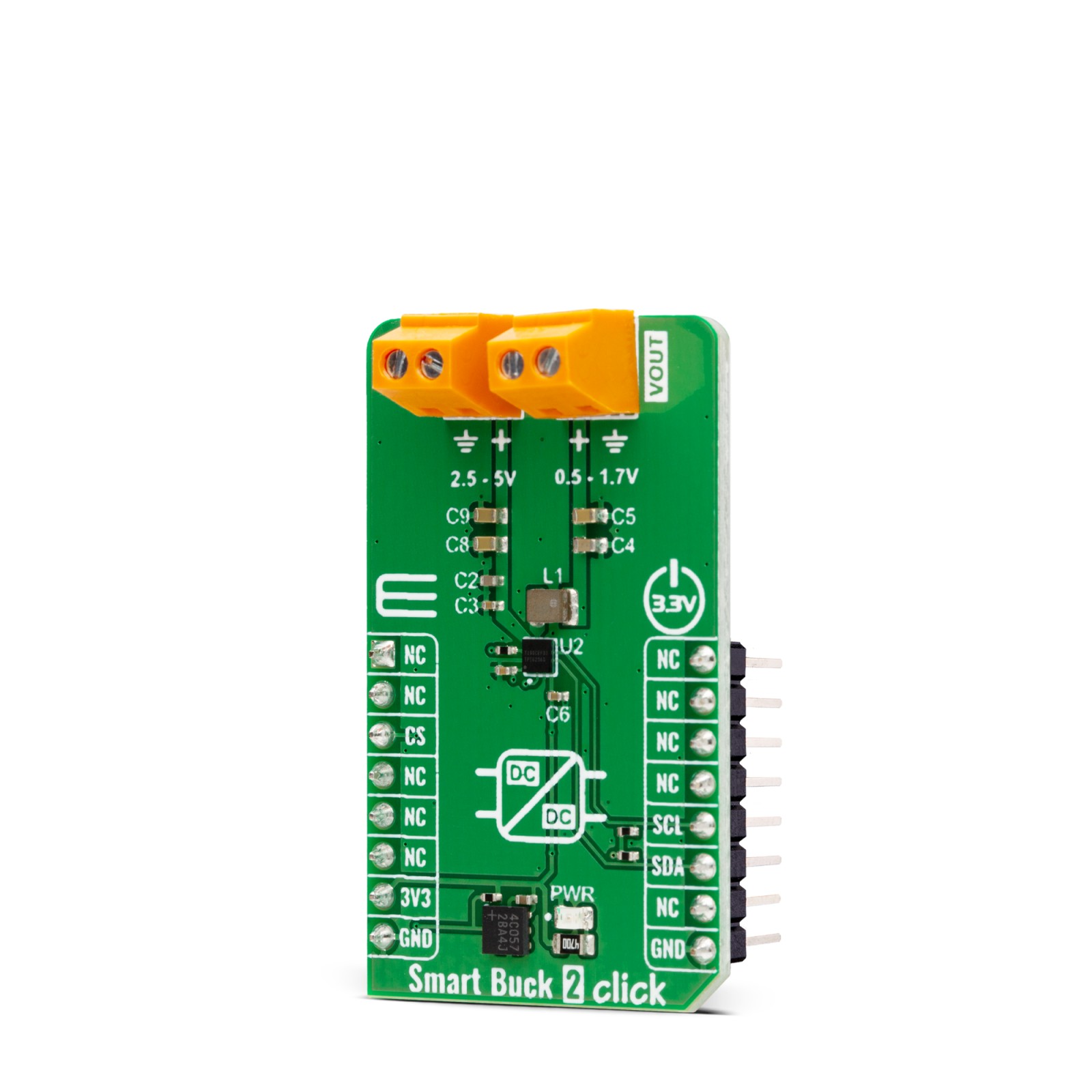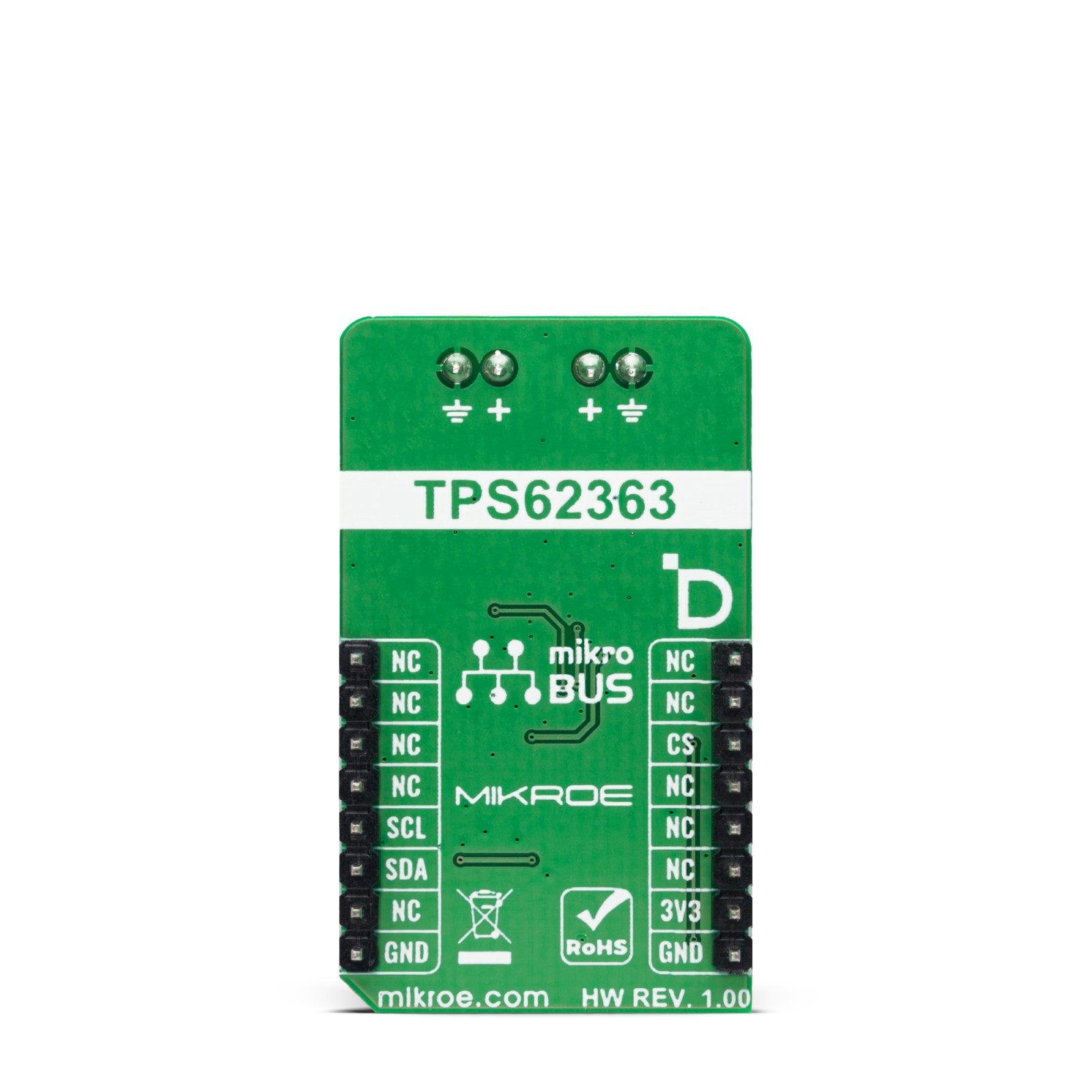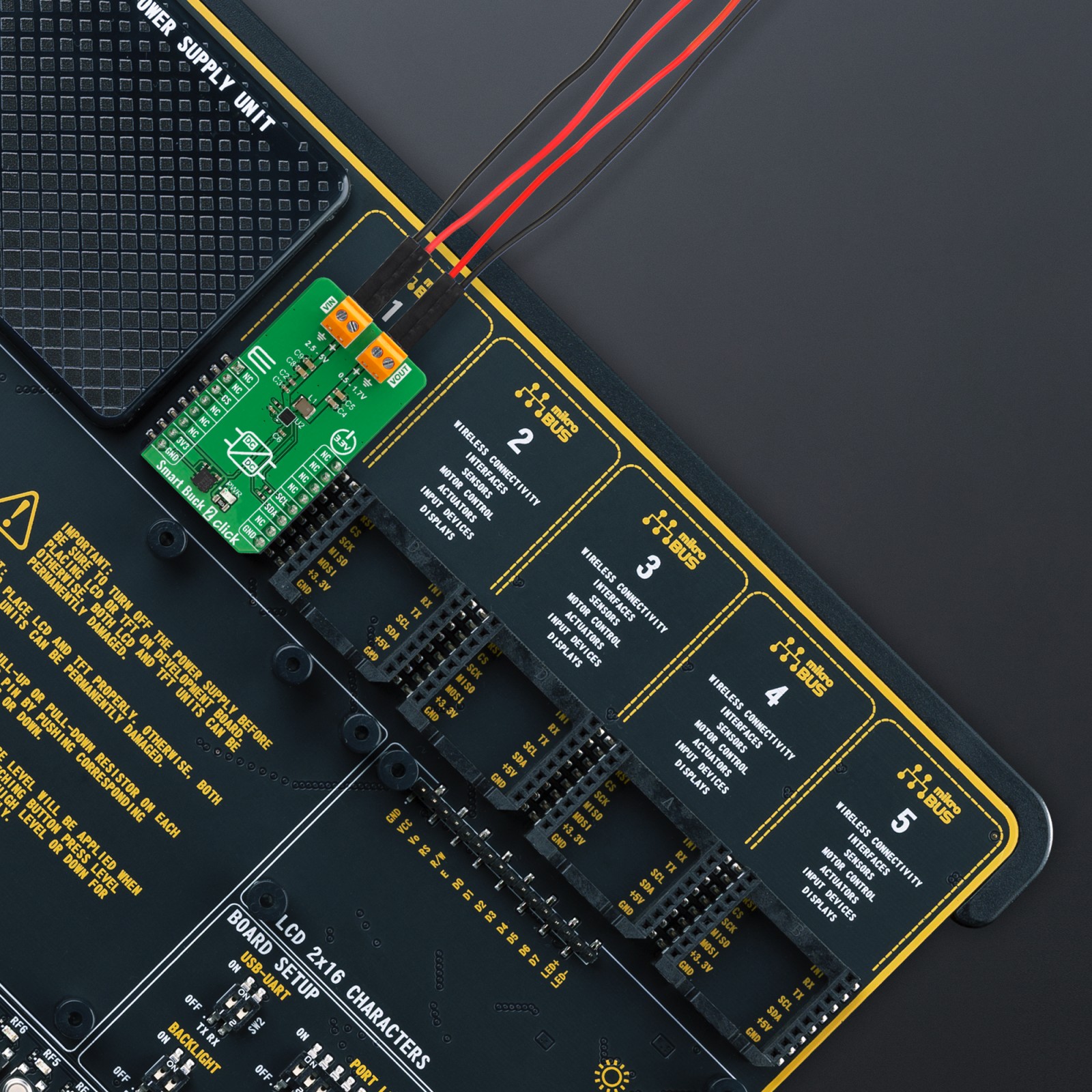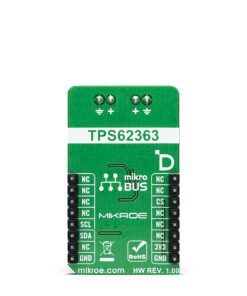-
×
 GSM-GPS Click
2 ×
GSM-GPS Click
2 × R1,350.00R1,215.00 -
×
 BUZZ Click
2 × R115.00
BUZZ Click
2 × R115.00 -
×
 MPU 9DOF Click
1 × R550.00
MPU 9DOF Click
1 × R550.00 -
×
 ADC Click
2 ×
ADC Click
2 × R540.00R486.00 -
×
 HYDROGEN Click
1 ×
HYDROGEN Click
1 × R335.00R301.50 -
×
 Current Click
1 × R315.00
Current Click
1 × R315.00 -
×
 Alcohol Click
1 ×
Alcohol Click
1 × R335.00R301.50 -
×
 RTC 2 Click
1 ×
RTC 2 Click
1 × R465.00R418.50 -
×
 Alcohol 3 Click
1 ×
Alcohol 3 Click
1 × R710.00R639.00 -
×
 WiFi Plus Click
1 ×
WiFi Plus Click
1 × R2,250.00R2,025.00 -
×
 EXPAND Click
1 ×
EXPAND Click
1 × R260.00R234.00
Subtotal: R9,230.00

















.jpg)




